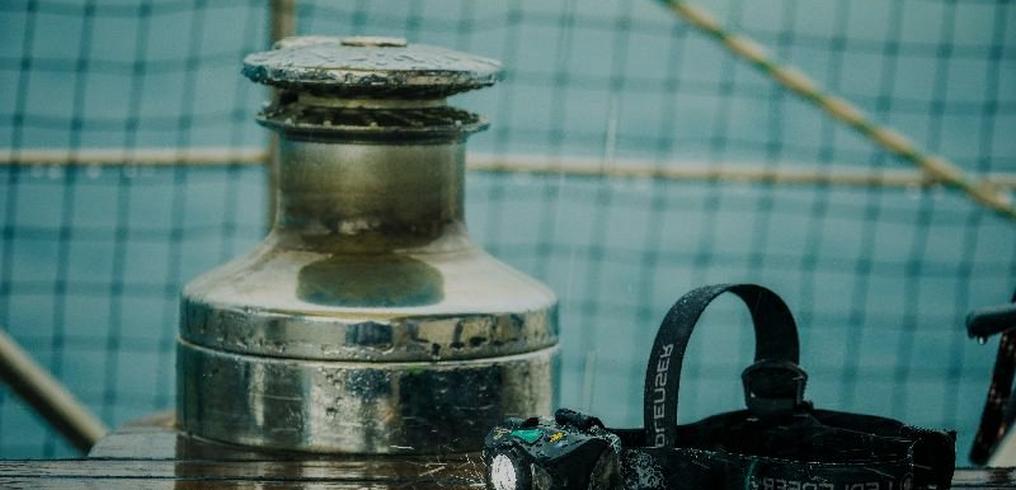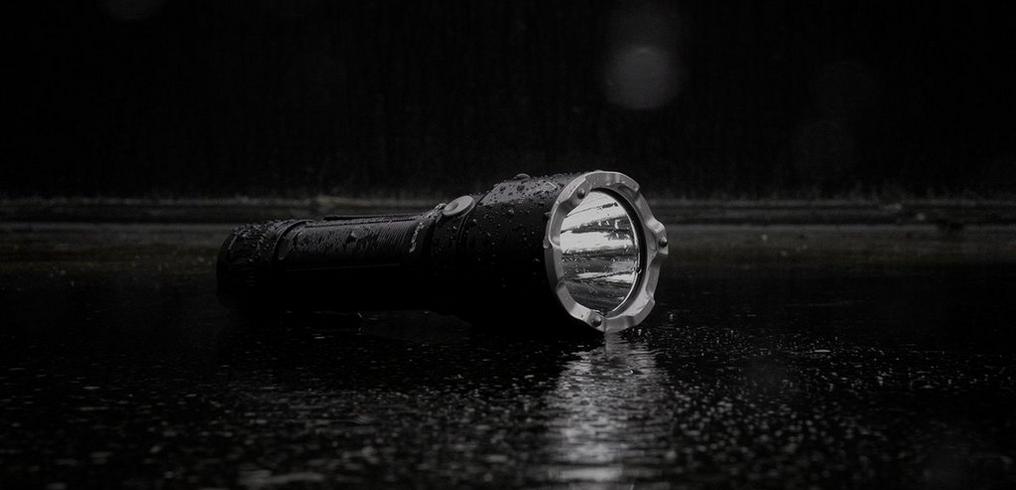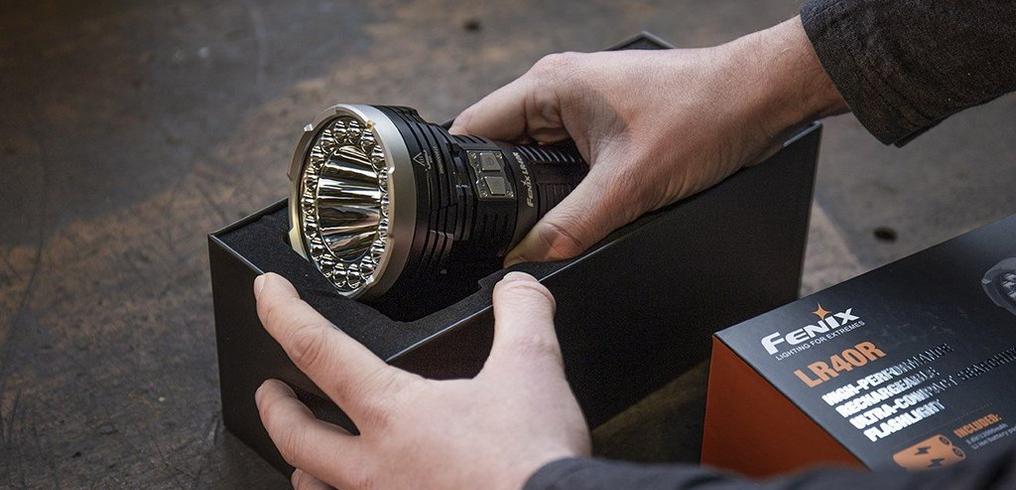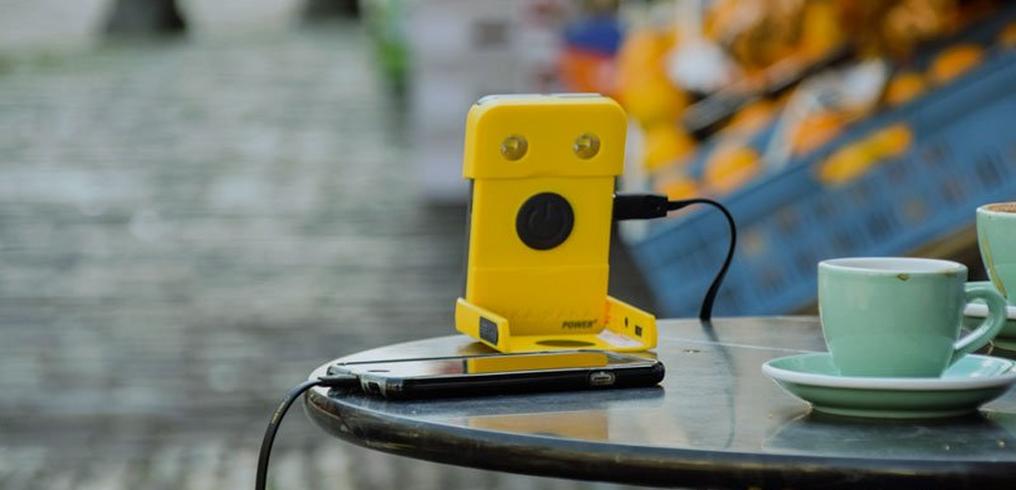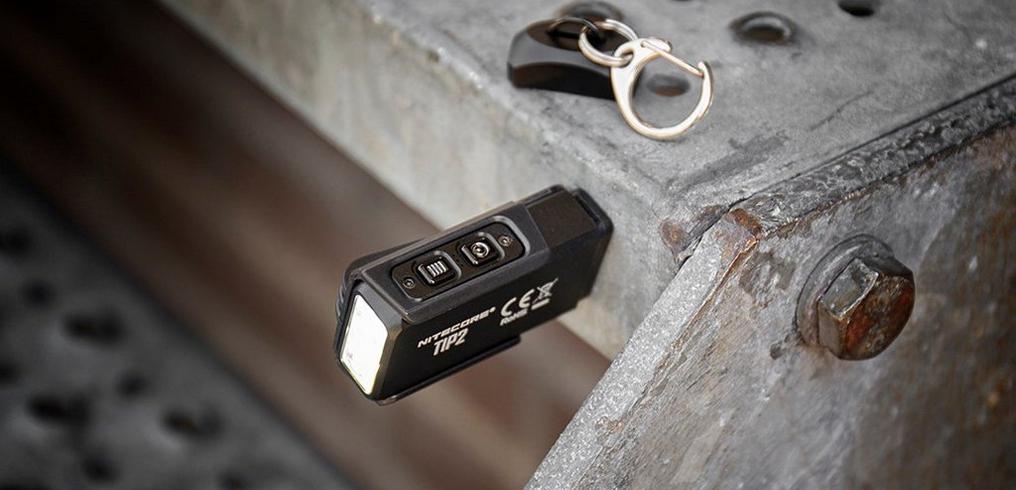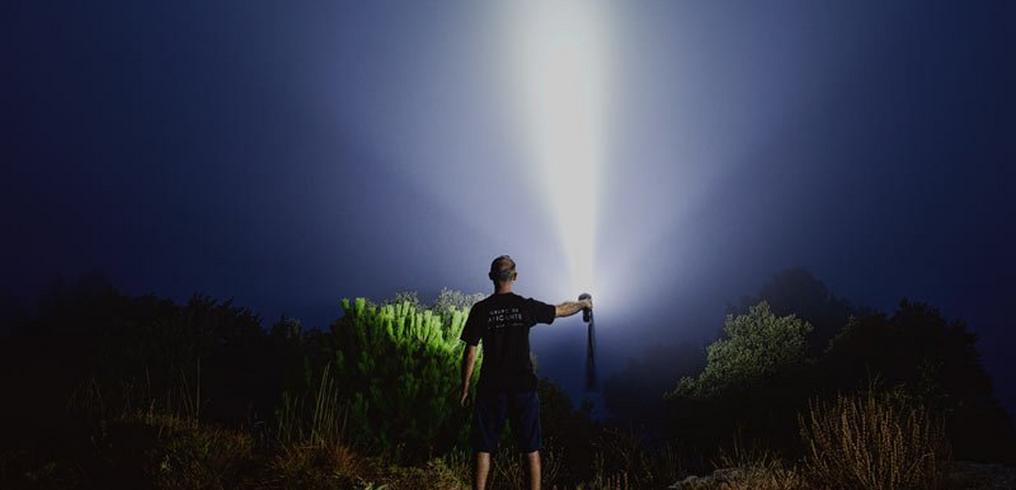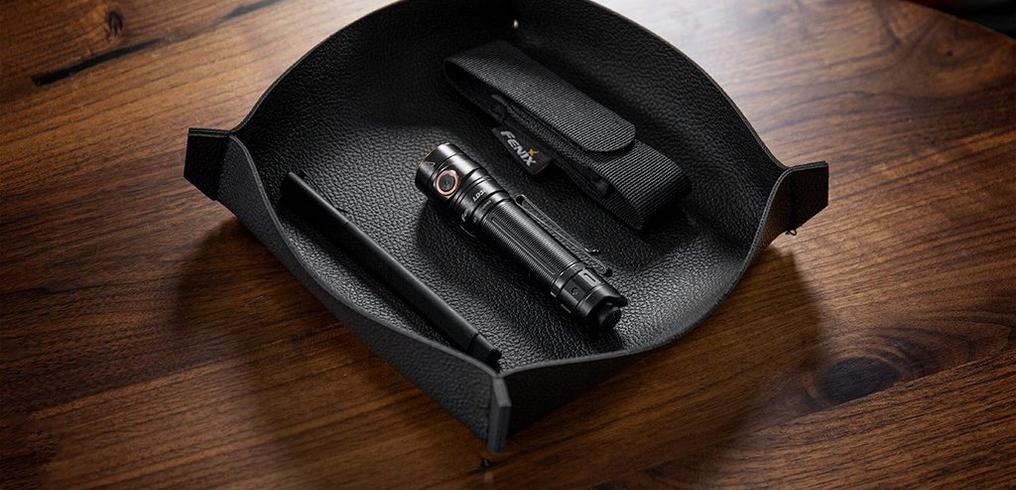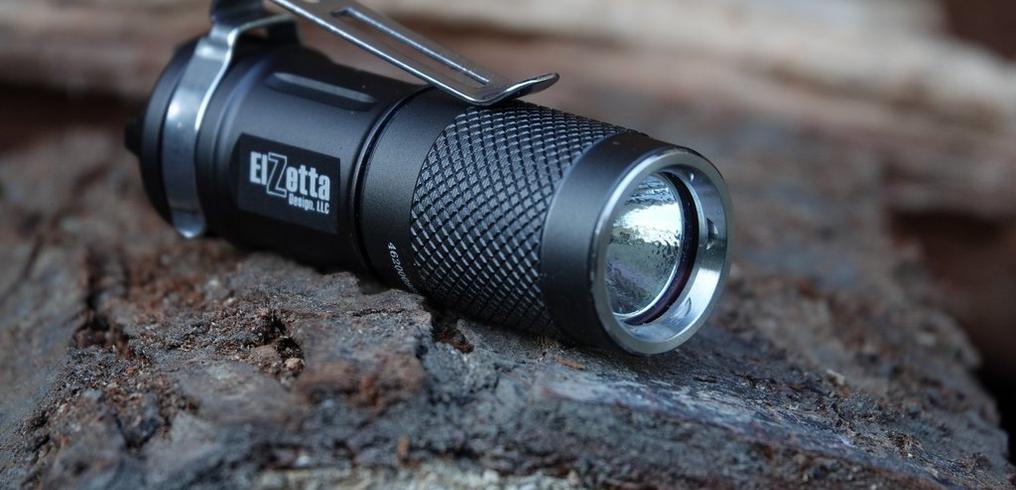What does waterproof according to IPX8 mean?
Question to Knivesandtools:
Many torches indicate they are water tight according to IPX-8. What does that mean?
Answer of Knivesandtools:
IPX is a water tightness standard. IPX-8 means: can be submersed in water according to the manufacturer's specifications. That's why a depth and time must always be added to the IPX-8 indication. It is often forgotten however.
Usually it is something like 'Water tight to 2 metres depth for 30 minutes'. That is Fenix's explanation anyway.
Assume that torches indicating water tight according to IPX-8 are not made for underwater use.
They are made to be water tight if they fall into the water by accident and are fished out immediately. Measurements are made with new torches and a loose part, small damage or wear can soon affect the water tightness.
If you want a water tight lamp to really use under water, buy a diving lamp. If you want a lamp that must withstand a bit of water, but is used above water, a lamp that is water tight according to IPX-8 is a perfect choice.
When you go out and it suddenly starts to rain it is always to go know that your flashlight will work regardless of the weather. Most flashlights and head torches are made according to a so-called IPX8 norm. But what does this mean and which advantages and disadvantages does this norm have? We love to explain!
The way devices, and therefore also flashlights, can handle water and dust, is determined according to an IP norm, also called the IP classification. IP stands for Internal Protection (Rating). This norm is internationally determined to make sure you always have access to the right information. The IP classification uses two numbers. The first number tells you more about how the device can handle dust, the second tells you if the device is waterproof. In some cases you come across the term 'IPX'. This means that it is unknown whether the device is protected against dust, or that it hasn't been tested. As such this number is replaced with an 'X'.
Dust resistance of a flashlight
The way a flashlight can handle dust is very similar to the standard used to tell if a flashlight is waterproof. A light with an IPX8 norm can, in practice, also handle dust. The highest IP standard used for dust resistance is IP6X. The lowest standard used for camping lights, head torches and flashlights is: IP5X. This means that the light can handle dust, but when exposed to a lot of pressure can absorb harmful substances.
When is a flashlight waterproof?
There are different levels of waterproofing. Think of a simple rain shower, but also long-term exposure to water. Each camping light, head torch and flashlight is splash-proof and depending on your intended use you select the light with the right IP norm. For example, if you like to go fishing and your head torch falls into the water, it's good to know if it will still work after you 'fish' it out of the water. That is when you use a light with an IPX7 and IPX8 norm. However, if you like to go for a run, conditions change. For these purposes a light with an IPX4 norm will be perfect. A small shower or an hour of sweating as you work out won't be a problem at all for the light!
An underwater flashlight
A waterproof light is not meant to be used underwater. They are made to be waterproof in case they end up in the water but are immediately taken out. All measurements are taken with a completely new light, and if a particle comes loose, or if the light is slightly damaged it can quickly affect the way it handles water. If you really want to use a light underwater, we recommend purchasing a diving light.
